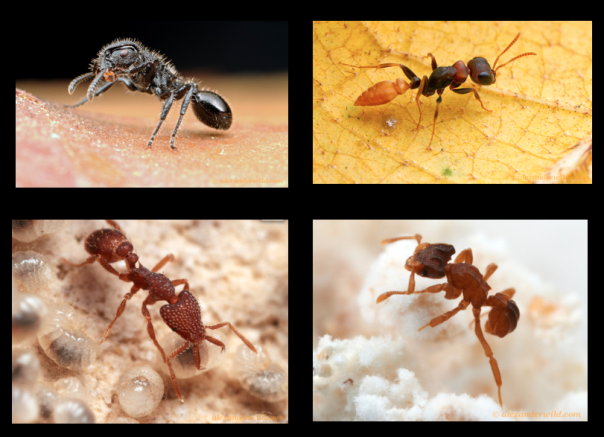
Satellites are key to monitoring ocean carbon
By University of Exeter 11/4/2019 Satellites now play a key role in monitoring carbon levels in the oceans, but we are only just beginning to understand their full potential. Our ability to predict future climate relies upon being able to monitor where our carbon emissions go. So we need to know how much stays in the atmosphere, or becomes stored in the oceans or…

















